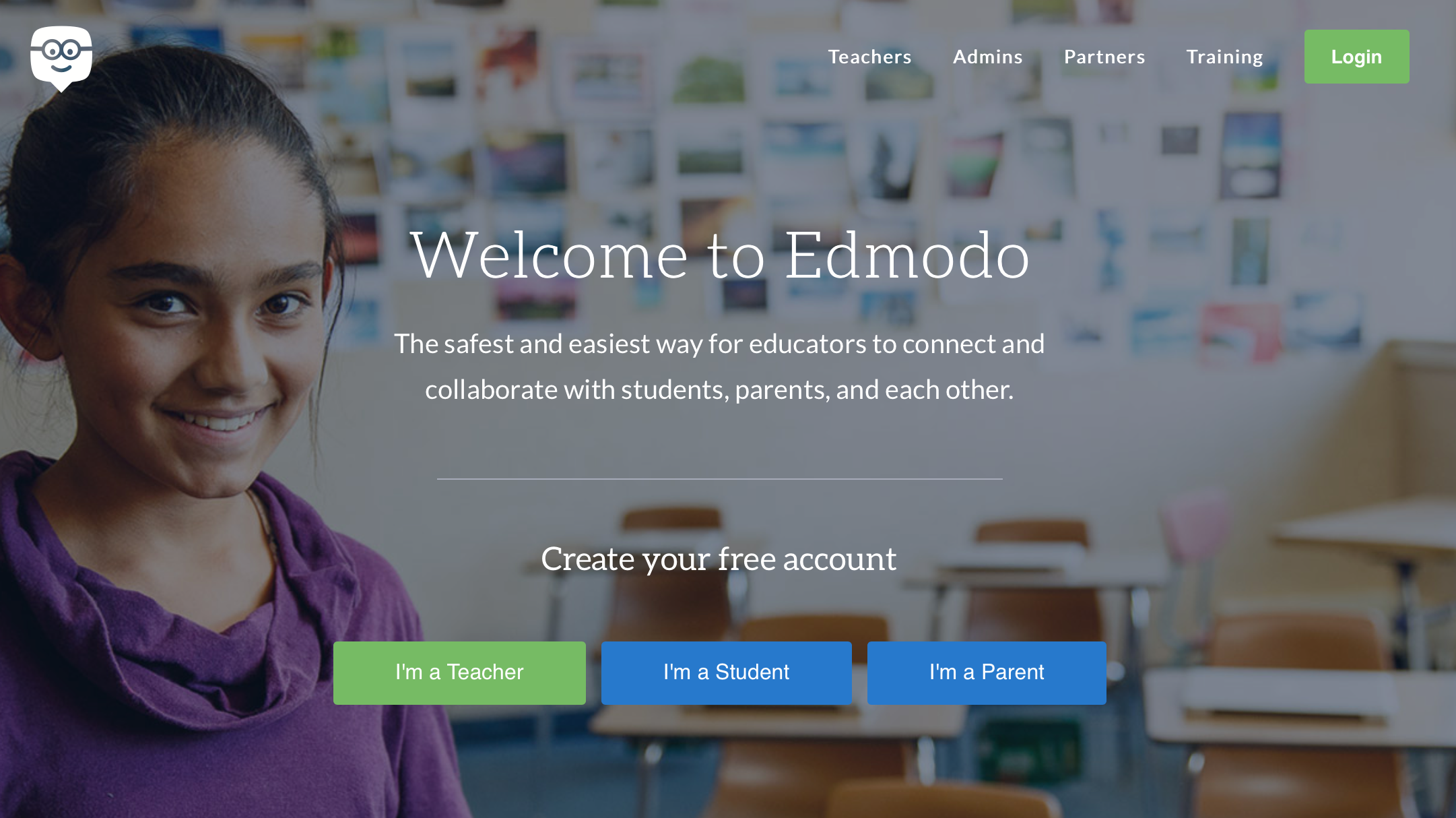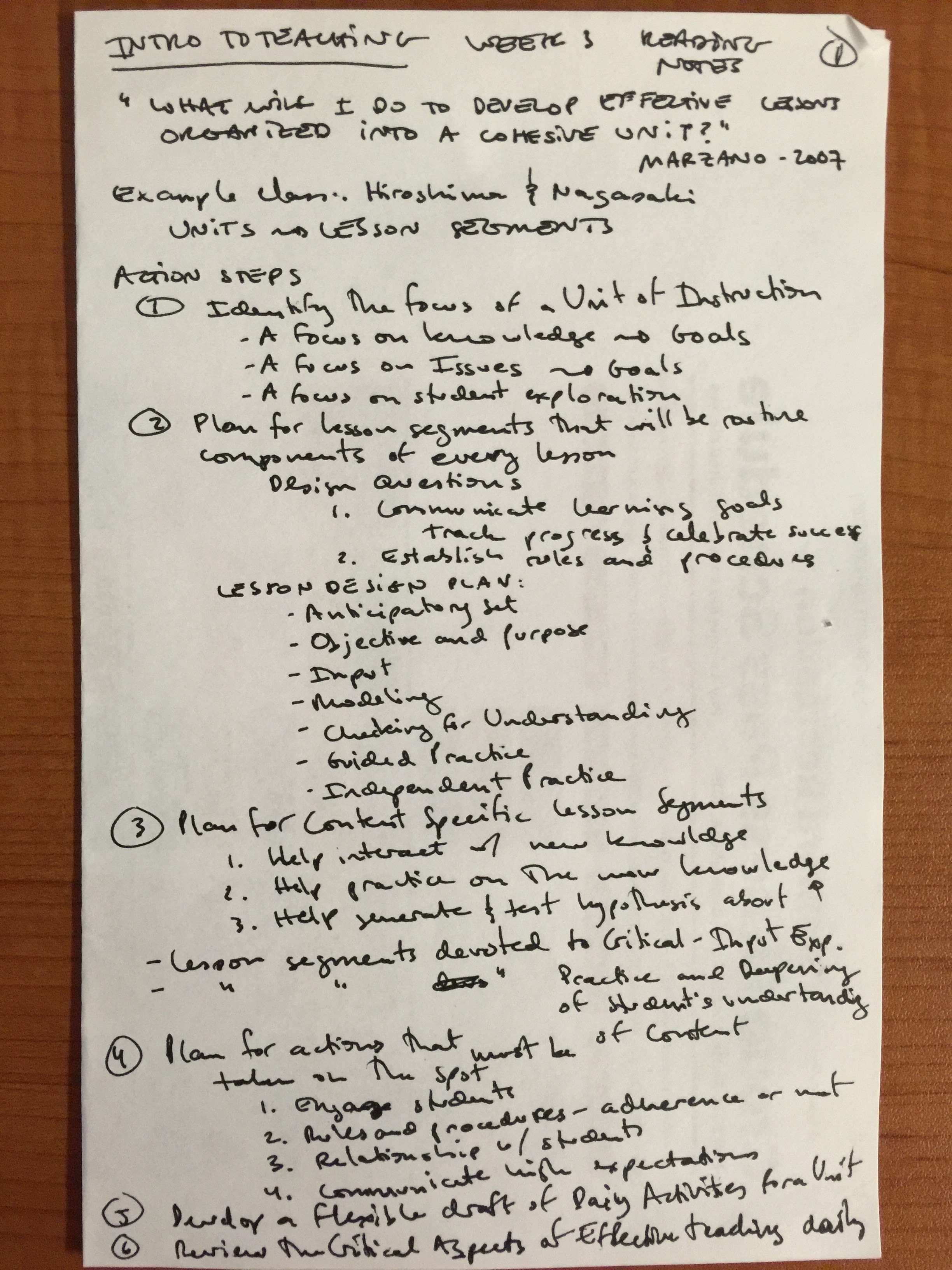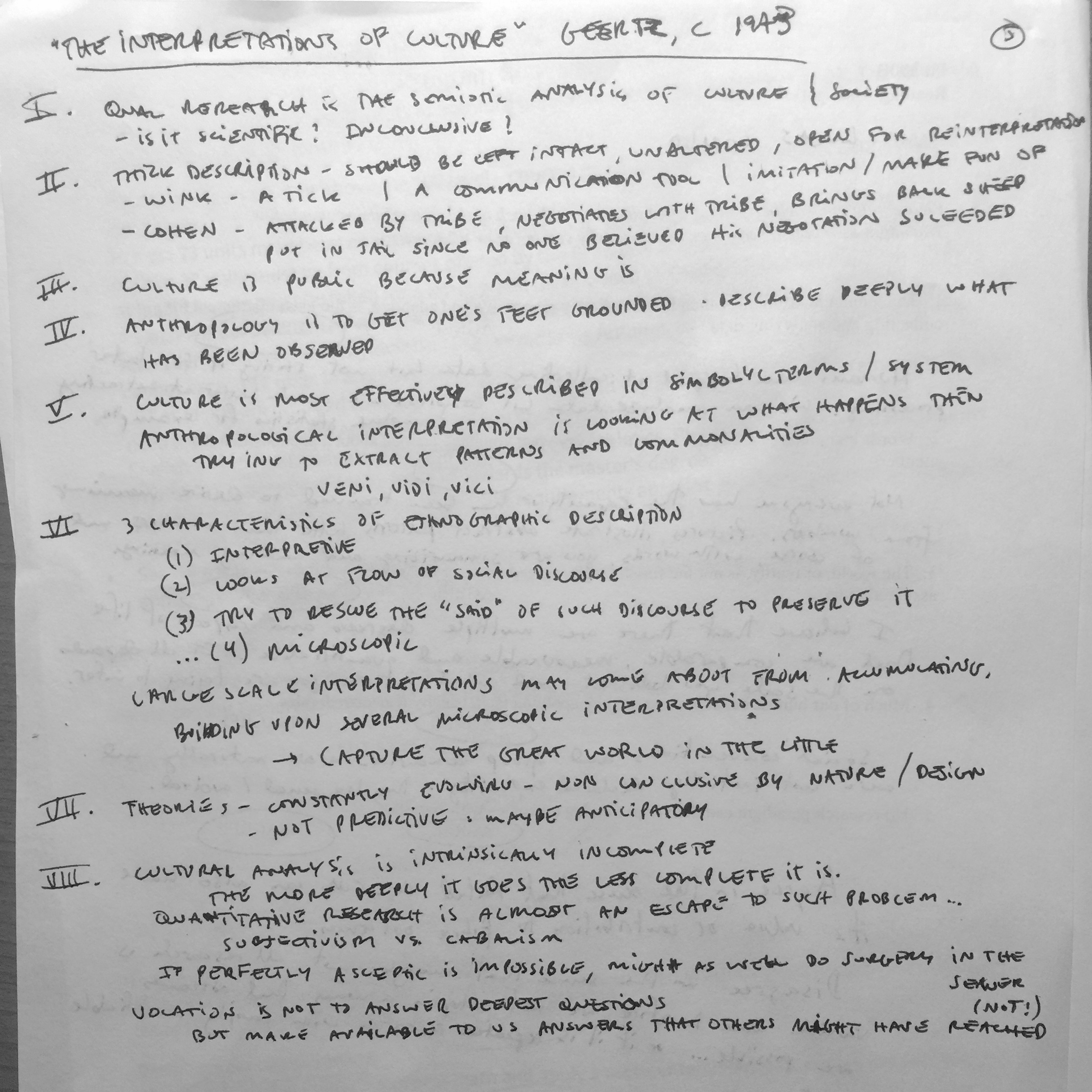In-Game, In-Room, In-World: Reconnecting Video Game Play to the Rest of Kids’ Lives
Reed Stevens, Tom Satwicz, Laurie McCarthy (2008)
Notes:


Response:
“How designers could perhaps leverage the types of interactions in the vignettes to create engaging learning experiences”
I believe kid’s learning experiences can be more engaging if they encourage kids to teach each other, empowers them to ask questions, enables collaboration in the discovery process and offers tasks that are learnable.
In the first vignette we see Rachel getting her information on a need-to-know basis making her experience flow better. In the second vignette Mikey teaches Maddy very efficiently how to use the code correctly. In the third, the boys used their ZPD and pulled each other through the task. In the fourth vignette, modeling was used to teach.
With video games, kids engage in these behaviors naturally and perceive the task of learning as part of the enjoyable task.
“Relevant” learning objectives can be inserted into the already familiar game mechanics of video games in a way that they become challenges within a larger context that the kid is in control of. For example – trigonometry – the in-game character has to built his own bridge to cross a river. To do so he must understand angles and calculate how much material he would need to complete the task.
What stroke me most was the potential learning between the younger and older kids. Perhaps this interaction has not been fully explored yet. Many learning experiences have been designed for the parent-child interaction but maybe not as many have been designed for kid-to-older-kid interactions explicitly. Experiences where kids of varying ages can play/learn/teach together with the explicit goal of showing off what they know and/or learn from each other.
Why not a video game room in the school where teachers act as coaches and facilitators to explore and make evident these positive interactions that lead to learning and sharing knowledge? With careful curation, teachers could potentially find games that illustrate key concepts and encourage the kids to teach each other.
The “kidification” of education 🙂












